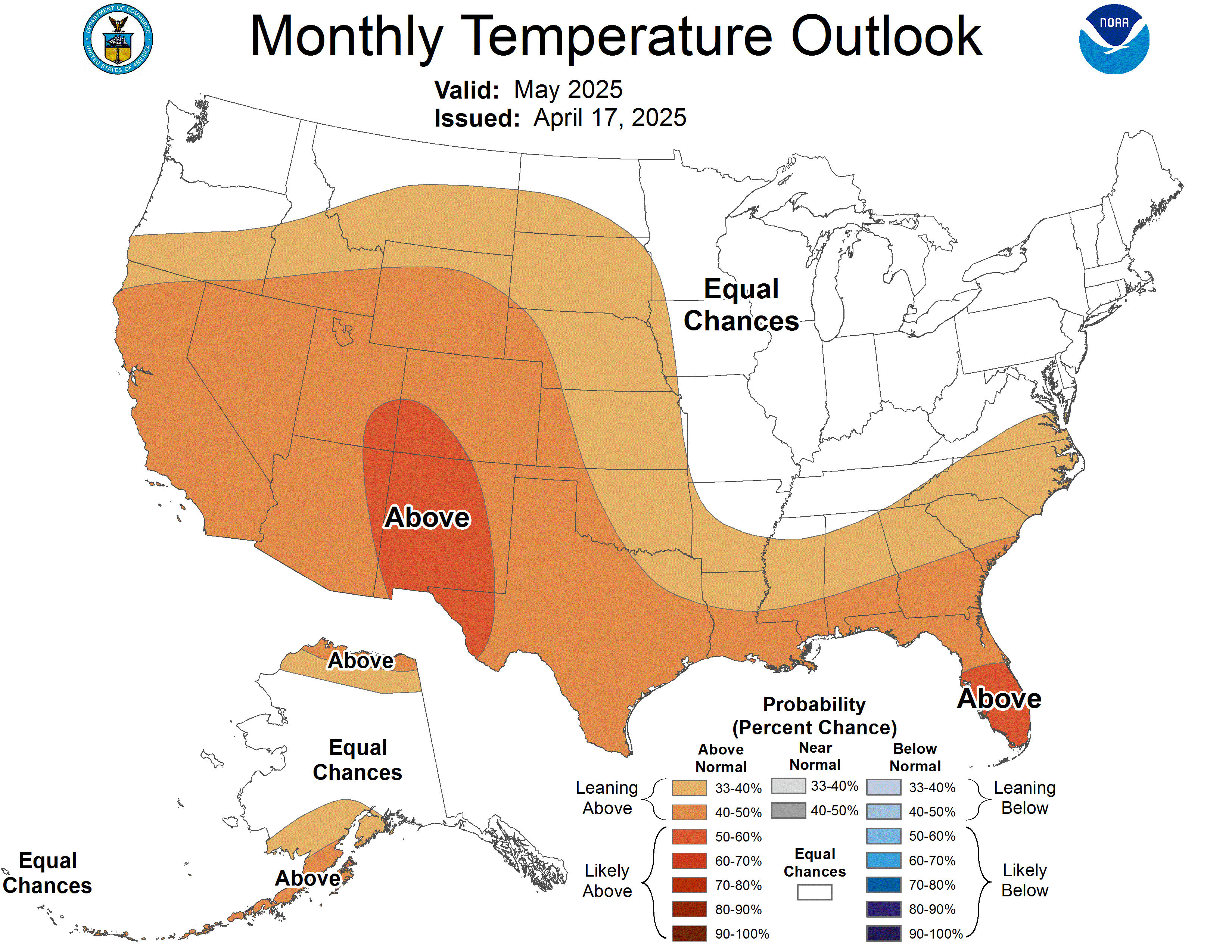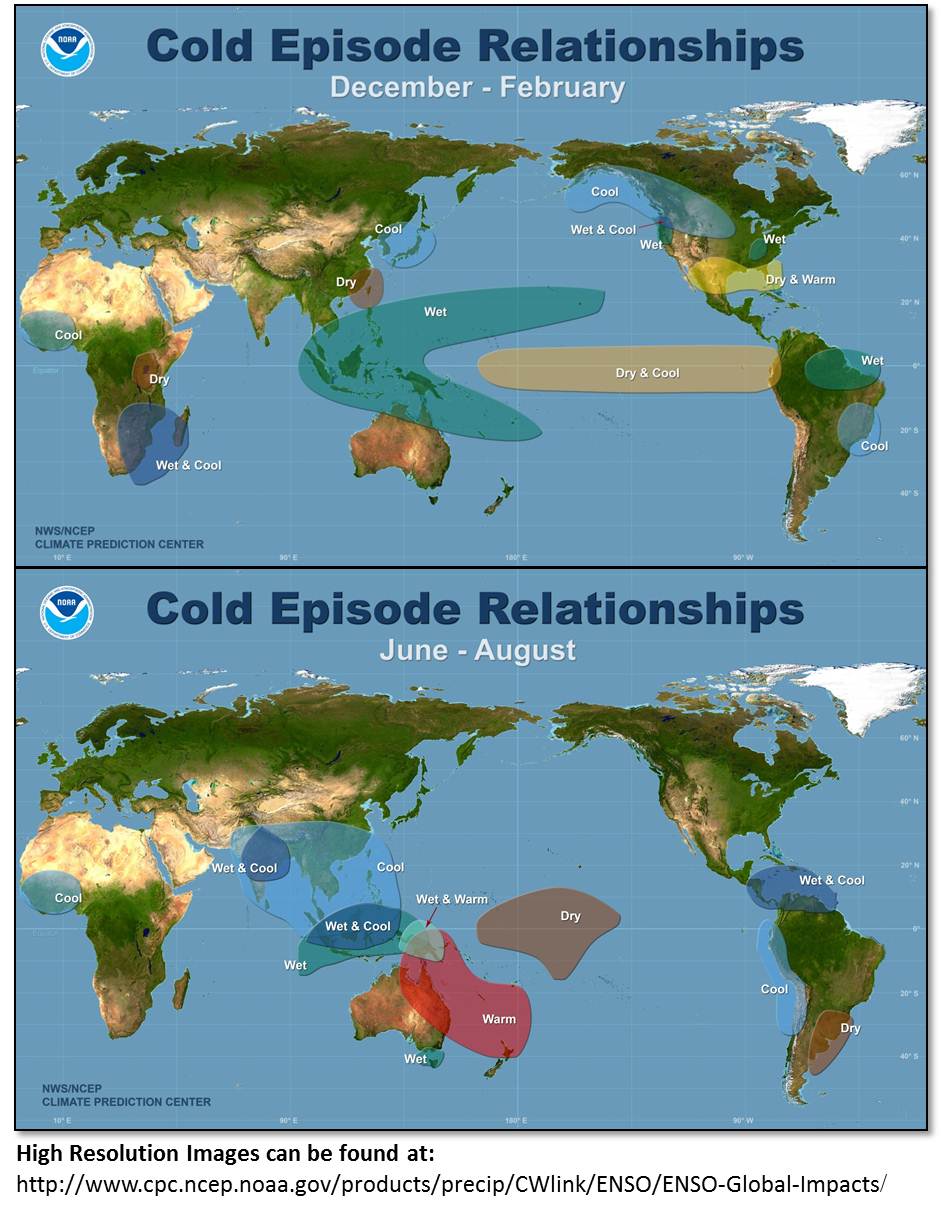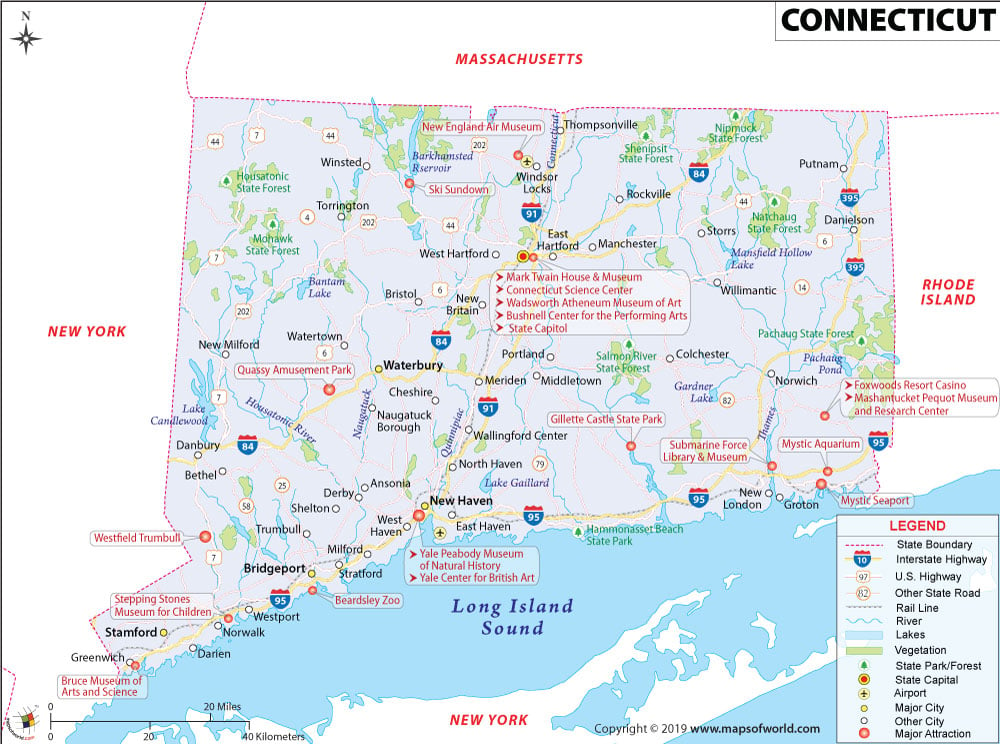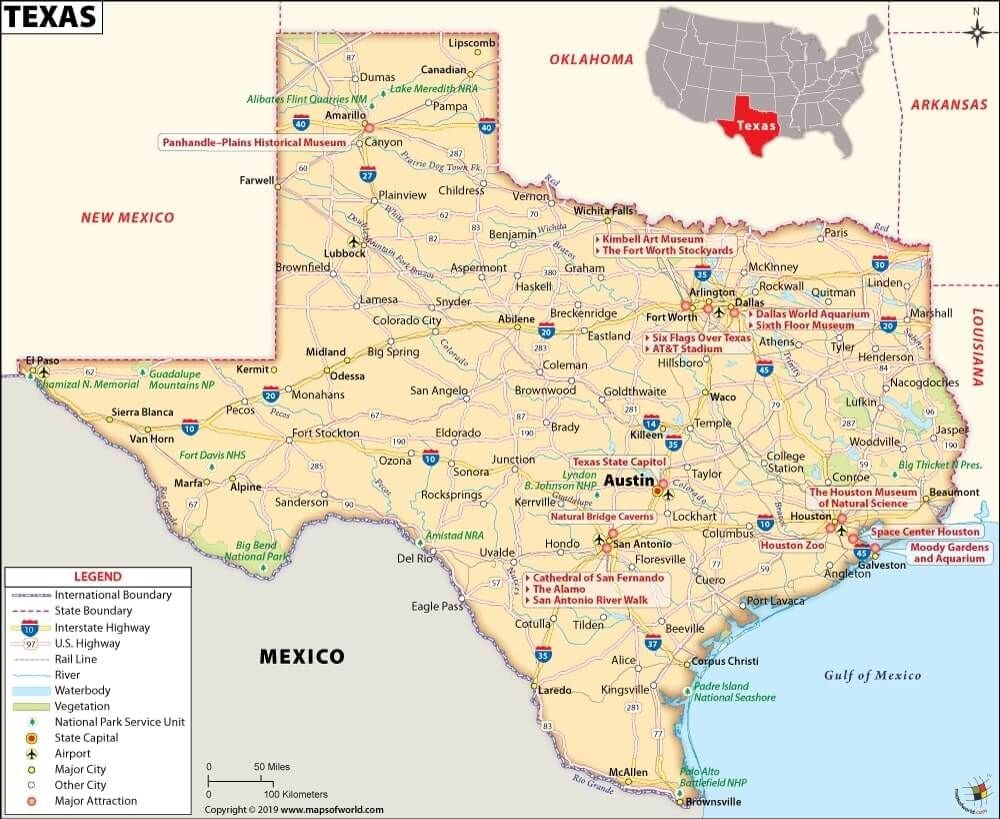In part 2 of my segment about the upcoming winter weather forecast for 2011/2012, I looked for the one weather system that would prevail over a season-long weather pattern. I call it SAPS, or Season-Altering Pattern Shift, since the prevailing weather system saps the existing, dominant pattern and forms another one, quite different than the latter.
In addition, there was a second La Nina that had developed during the calendar year 2000. Therefore, I have been trying to find a correlation between the winter of 2000/2001 using the SAPS test and the La Nina II to help figure out how our winter of 2011/2012 might unfold. Indications are pointing toward a second La Nina before the end of calendar year 2011. La Nina conditions are already being reported. Other global features were briefly considered in my last segment that focused on November 2000.
In this segment, I will be introducing those other global features more prominently as I discuss the winter months of December 2000 - February 2001.
First, here's a look at the month of December 2000:
December proved to be a very cold month for a sizable portion of the United States. In fact, Louisville recorded its coldest December on record.
DECEMBER |
COLDEST |
25.0 |
2000 |
25.3 |
1989 |
26.0 |
1917 |
26.6 |
1876 |
26.7 |
1963 |
28.4 |
1983 |
29.1 |
1935 |
29.4 |
1909 |
Temperatures above reflect the average, taking the high and low temperatures and averaging them for each day to arrive at the monthly average.
Remember the SAPS test, it was an Arctic intrusion that occurred during the November 6-11 time frame. That is what helped set this whole scenario in motion for the months of November and especially December.
The map below helps really show where the snow fell and stuck around for many:
On a global scale, look at the snow cover frequency map:
Here is a review of the other variables that may have contributed to the overall weather pattern for December:
NAO (-0.58)
PNA 1.23
AMO (-0.091)
PDO 0.52
ENSO (Nov/Dec/Jan) La Nina conditions present (-0.7)
One can easily determine the relationship between the NAO and the PNA by analyzing the temperature map above. Negative NAO reflected the ongoing cold pouring out of the northern regions of Canada and the Arctic.
On the other hand, positve PNA reflected ridging in the western U.S., thus warmer temperatures than normal.
----------------------------------------------
For January 2001:
It appears the persistent ridging in the west began its nudge eastward and helped warm things up a bit for many that endured a brutal December.
However, that didn't stop the overall snowcover from eroding too quickly for our region:
Still, the overall precipitation pattern around our region, especially, showed below normal readings as much of the precipitation track stayed south.
A look at January's variables are provided below:
NAO 0.25
PNA 1.51
AMO (-0.09)
PDO 0.60
ENSO (Dec/Jan/Feb) La Nina conditions (-0.6)
As an interesting side note, the AMO, or the Atlantic Multidecadal Oscillation, is a decades-long pattern of either warm or cold ocean waters relative to normal. We have been in the 'warm' phase for many years now, including 2000 and 2001. However, it was interesting to note that for 4 consecutive months (Oct 2000 - Jan 2001), the AMO was negative. Since we have been in this 'warm' phase, only one other stretch of negative numbers was recorded, and that was in early 2009, which ran from Jan - May.
That year saw La Nina conditions, though not a full-fledge La Nina (must be 5 consecutive 3-month averages of -0.5 Sea Surface Temperature anomalies to be termed a La Nina). For Louisville, nearly 10 inches of snow accumulated for the month of January.
--------------------------------------
Finally, February 2001:
This upper air pattern map reflects nicely how temperatures would fare overall for the month.
Warmer temperatures for most of the eastern United States during February, while troughiness brought some below normal readings to the west coast.
Precipitation would average near normal for our region, if not slightly below normal for some.
The snow depth map by the end of the month revealed some interesting data:
And finally, the February 2001 variables:
NAO 0.45
PNA (-0.16)
AMO 0.08
PDO 0.29
ENSO (Jan/Feb/Mar) La Nina conditions (-0.5); also La Nina official designation
Again, note the NAO/PNA relationship, positive NAO reflected warmer readings across the east, while negative PNA reflected cooler and troughy conditions in the west.
I know this is a lot of data to digest. But here's the kicker. This is only one of several winter patterns that could be studied.
In these past 2 segments, I looked at what I call the Season-Altering Pattern Shift (SAPS). There was an Arctic outbreak that overspread much of the United States during November 2000. Did this set the tone for how the rest of the winter would unfold? What if the SAPS came from a different location, like say the northwest United States? Could this have altered the winter of 2000/2001? Can we definitively say that La Nina conditions caused the Arctic outbreak?
In my next segment, I will introduce other SAPS locations in combination with other past La Ninas and briefly explain what happened during those periods. Hopefully, this will help as I narrow down how our winter of 2011/2012 will proceed.
MS



























